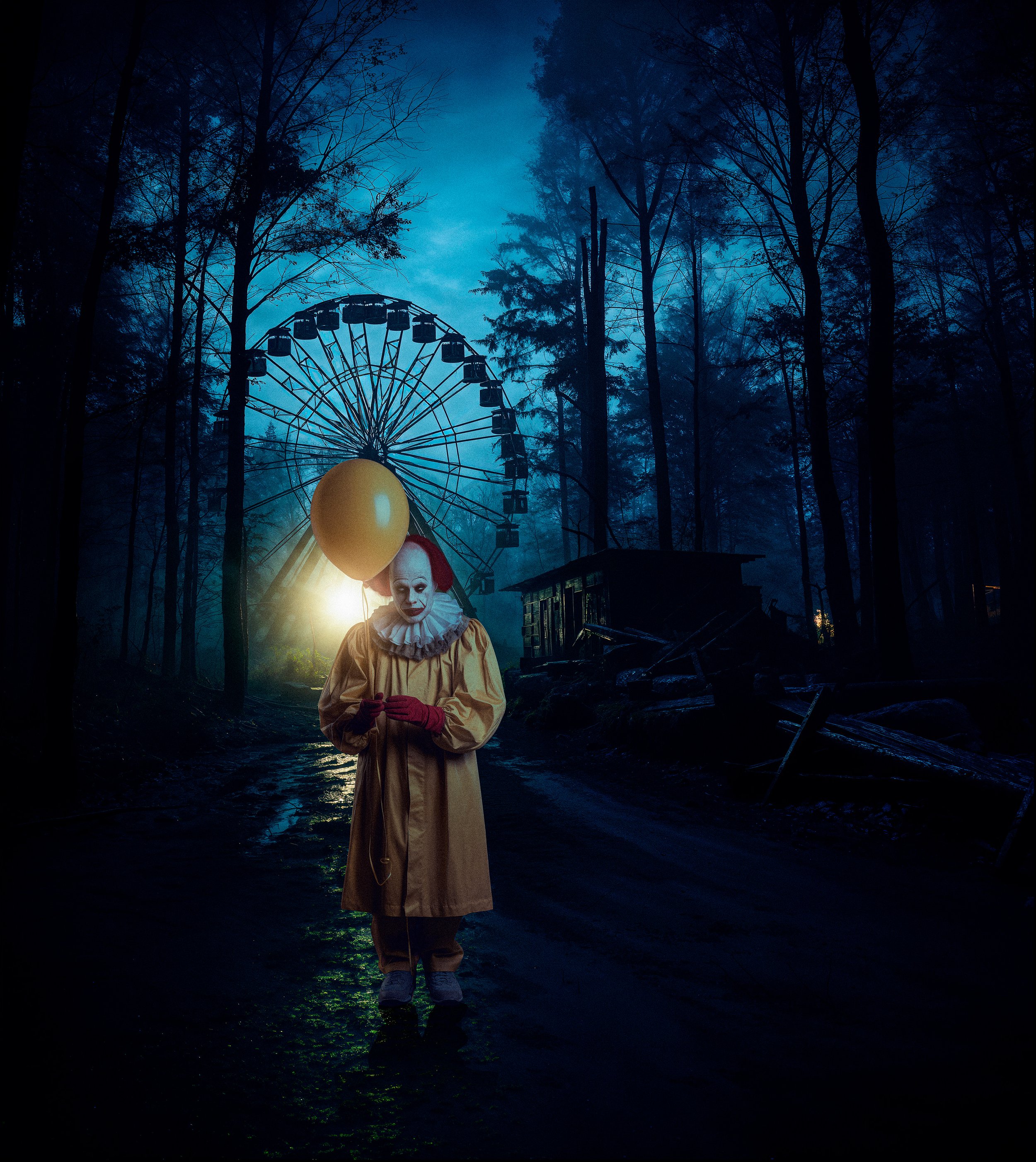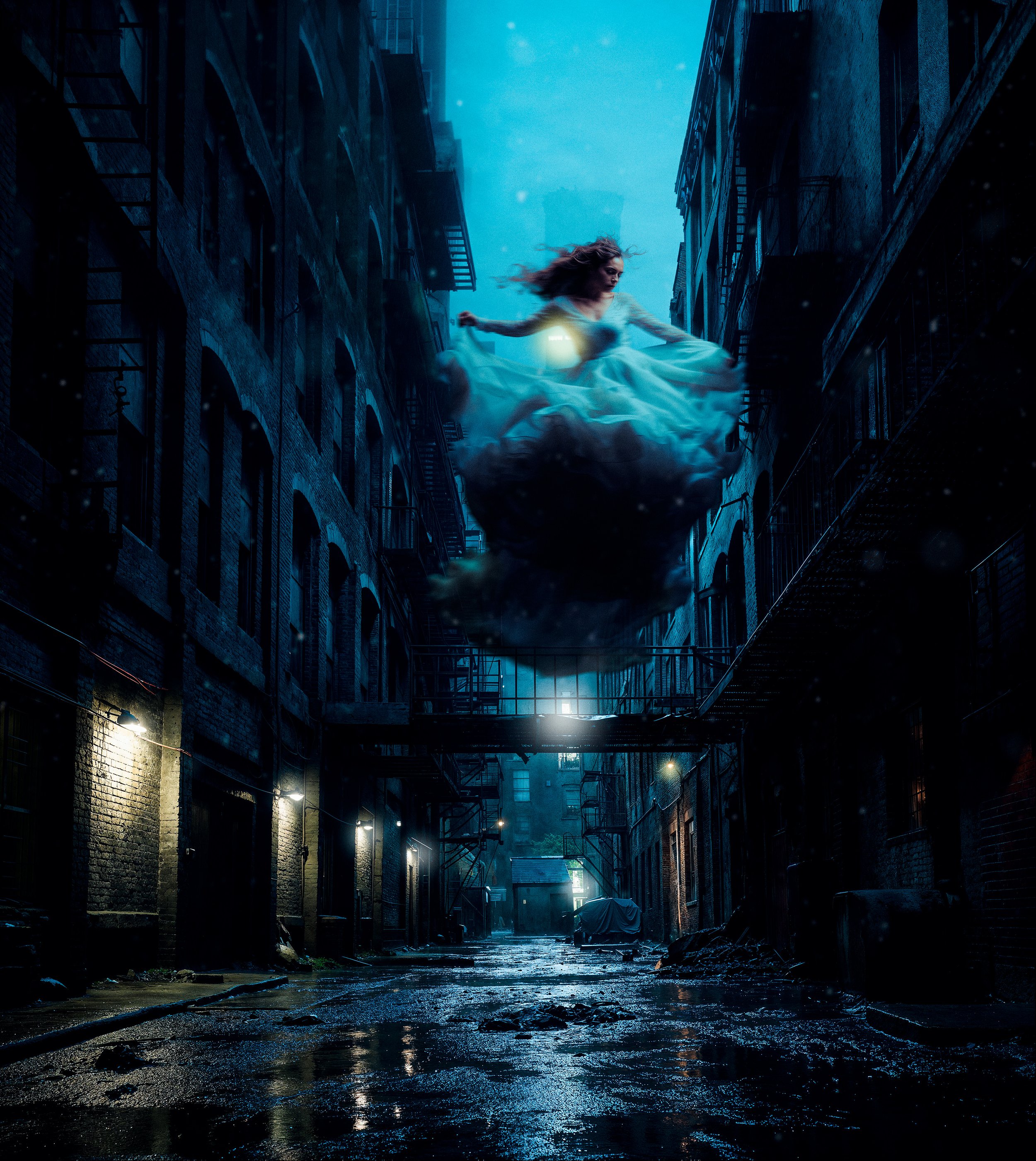»LOST IN SPACE« – THE FUTURE IS HERE & NOW!
click on the images to enlarge
A WORKFLOW USING
MIDJOURNEY AI + PHOTOSHOP
Concept & Creative Direction Marc Perino
AI Prompting & Retouching Marc Perino
AI Consultant Mark Wachholz
Tools ChatGPT | Midjourney AI | Magnific.ai | Topaz Photo AI
Adobe Photoshop | Retouch4me AI Plugins | Adobe After Effects
Motifs »Astronaut« | »Unicorn« | »Clown«
»Maze« | »Girl« | »Ghost«
-
Artificial intelligence (AI) has arrived. It came to us with the speed of light – and it is here to stay. As creatives we can either stand at the sidelines and let it happen in front of our eyes OR we can adapt, integrate and embrace this new technology in our workflows – the technology itself does not care. Contrary to what is circulating in the media that everything and everyone will be replaced or killed by AI – from HAL 9000 in »2001 - A Space Odysse« to Skynet in »T2« – I think that AI will be just another useful tool in the ever expanding toolbox of a digital creator. Not more not less.
For a couple of years now I have been using a few »AI assisted« tools already in order to help my regular workflow in retouching and composing images. I was able to pass off some boring, time consuming and repetitive retouching tasks to AI that held me back from the more creative endeavors: producing impactful and beautiful images. Either only retouched or completely composed in Adobe Photoshop.
But working with stock images and/or self created photography has its limits. In most cases you cannot go out there and take a photo of a palmtree at the beach when you live in Germany. Or easily create a hovering spaceship in the sky that you need to put into a movie poster. In the past these assets have been obtained through stock photography or by creating »classic« 3D computer generated imagery (CGI).
E.g. for a movie poster I sometimes have to create images with careful cutout human talent and dozens of bits of stock photography meticulously composed together in stacks of up to 200 layers. But most of the time is not spent on creating a final image but on searching for stock photos and coordinating, reviewing and discussing those assets with the client.
With the advent of AI these workflows will change. By text prompting you can now generate complete background plates for images in minutes. And depending on your original prompt or iterations thereof you can achieve impressive results in hours instead of days. The outcome is sometimes unpredictable – which can be good also – and the resolution and detail still limited but the development of AI is exponentially fast and these problems will be solved in months rather than in years.
-
The idea for the »Lost In Space« series (currently 6 images) was born out of the desire to take a deep dive into »AI generated« image creation and to explore the possibilities and limits of the Midjourney system – currently the most popular and promising platform for generative AI.
My first thought was to create an overall concept that I themed »Lost In Space« in which I wanted to tackle the premise of photorealistic but surreal landscapes combined with characters that feel out of place because they are literally lost in space. But I also tried to avoid the generic theme of outer space.
-
The workflow I developed for myself is rather simple. The first step is of course the concept. For these images I relied on my own imagination and was inspired by text prompts in ChatGPT. Although they were very rudimentary fragments they still helped me to develop the concepts further by mixing them with my own ideas. For one image I also drew from a Chris Cunningham music video from the 90s – for another one I was inspired by a Stanley Kubrick film.
After the concept stage I went into Midjourney and began prompting for the background plates. I knew after a few attempts that prompting the whole image was – at least at the moment – nearly impossible. There were too many variables that would come out wrong so I concentrated on the setting. After that I created the characters which required multiple, sometimes dozens of prompts as well. This whole process took sometimes minutes, sometimes hours depending on what I was looking for.
In the next step I upscaled the images in Topaz Photo AI to 4x the size – they are originally only up to 1024-1536 pixels on the longest side. I knew I would be doing final composite work in Photoshop and in order to make cleaner masks the upscaling was necessary as one of the first steps.
After that I retouched the background plates because there are sometimes weird artefacts or image elements which Midjourney produces. After retouching I composited the assets together with the help of adjustment layers and a few plugins from Retouch4me in Photoshop.
Finally I colorgraded the image in a new document from a linked smart object with Adobe Camera Raw and exported it in high and low resolution files.
-
I have to say that the process was pretty much straight forward and more painless than I thought it would be. The operation of Midjourney via a Discord text messaging system is still rather awkward and clumsy but hopefully this will be fixed in the near future.
Also text prompting leaves much room for interpretation for the outcome – which can be a good thing and a bad thing at once. You never really know what you get until you see it and iterate it multiple times. But sometimes there are »happy accidents«. For the »Maze« motif I originally wanted a wintery hedge maze similar to the one from Stanley Kubrick’s »The Shining« but Midjourney spat out only unsatisfying results. But one variant was a concrete maze (maybe from the »Maze Runner«?) which I found more intriguing in the end and prompted towards it.
Also consistency or rather non-consistency is still an issue. It is hard to replicate identical characters or objects for multiple images at the moment. But I guess MJ is working on that issue as well.
In conclusion I think this is the future of creative imagery either photorealistic or illustrative in nature. For me it is one more tool in my toolbox that expands my options for image creation. And yes, there are still a lot of issues to figure out like copyright and its ethical use in relation to human work. But it is here to stay – if we like it or not. So we better might use it.






